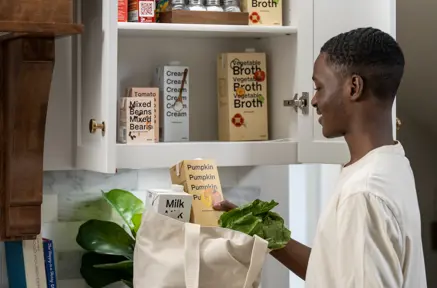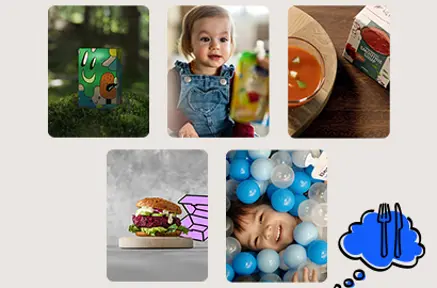What are the factors shaping packaged food?

Most of us have probably consumed some form of packaged food in the last 24 hours – be it a breakfast bar we grabbed in a hurry, the bowl of muesli we fed our kids, or the pack of tomatoes we used while cooking dinner last night. Packaged food is a part of our daily lives today, propelled forward by convenience, value, availability – factors that we delved into our Food Speak series.
So, what challenges do manufactures face in this exponentially growing sector? How are these challenges shaping the packaged food industry?
For this edition of Expert insights: category complexities, we delved into the top aspects that need to be addressed by the packaged food industry – in conversation with Julia Trebels, Global Consumer Category & Consumer Insights Manager, SIG.
Flipping inflation into opportunity
Rising prices have impacted the food budgets of consumers worldwide. Manufacturers are also battling rising ingredient and energy costs along with labor shortage. As fresh food becomes difficult to afford and often leads to food waste, shelf-stable packaged food can be the answer. With the right packaging and communication about nutrient value, packaged food can take center stage in food choices.

Tracking for safety and transparency
In the world of packaged food where manufacturers work with multiple ingredients from various sources, the risk of allergen cross-contamination is a persistent challenge. A traceable value chain can help mitigate this risk substantially along with other varied benefits discussed here, including meeting the consumer demand of knowing where their food comes from.
Meeting different needs for different foods
Each food has unique characteristics, ranging from acidity and PH value to fat and moisture content, adding to the complexity. Manufacturers need to consider the specifics and the related barrier properties required while choosing the filling technology and packaging material.
Ready for e-commerce
Digitalization, today, spans every aspect of our lives, including how consumers shop for and interact with products. So, making a product suited for e-commerce without added dependency of a cold chain is vital. The task easily be taken care of with shelf-stable packaging, though.
Making it more sustainable and healthy
Yes, these continue to be common challenges across categories. For packaged food, however, the focus is on minimalism rather than fortification when it comes to wellness. Consumers want minimally processed foods that retain maximum nutrients. And sustainable packaging is a goal driven by both regulatory bodies and consumer demands. Take the EU regulations for tethered caps and no single-use plastic cutlery.

Aseptic technology can help answer some of these challenges. Explore what aseptic packaging brings to the table in our Think food inside the box webinar series. In the next part of the series, we move to the complexities in the alcohol sector and explore how the sector is growing in unconventional ways. Watch this space or subscribe to our bi-weekly newsletter and get the food and beverage stories in your inbox.
- December 14, 2023

Innovation and partnership to improve global food access

